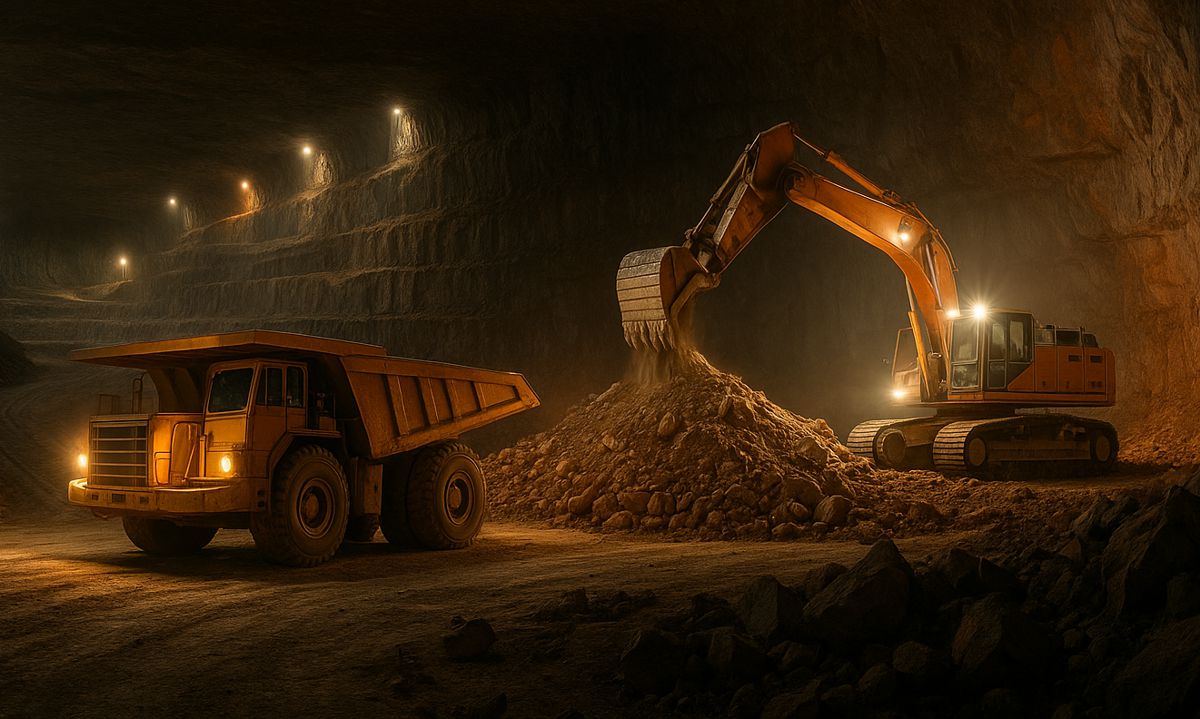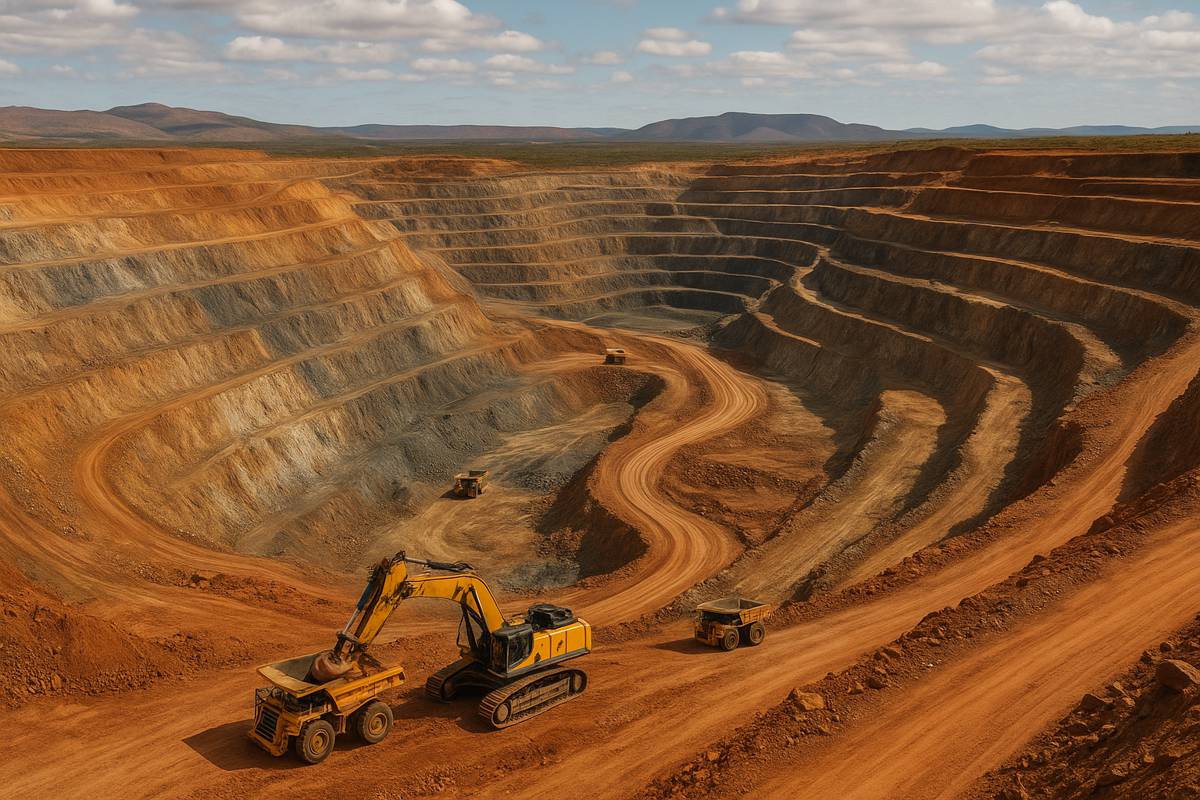40 metre Wireless Communication in Underground Mines
South Korean researchers have made a ground-breaking discovery that enables wireless communication below the Earth’s surface, a significant departure from their traditional focus on terrestrial communication systems.
This development opens new avenues for confirming the survival of individuals trapped due to accidents such as mine collapses during rescue operations.
Electronics and Telecommunications Research Institute(ETRI) announced that they have successfully developed the world’s first “Subterranean Magnetic Field Communication Core Technology.” Utilizing a transmitting antenna with a diameter of 1 meter and a receiving antenna of several centimetres, the institute managed to send and receive voice signal-level capacity up to 40 meters below the Earth’s surface in a mine.
Conventional wisdom held that wireless communication in the complex underground environments of mines was virtually impossible due to signal attenuation. However, ETRI overcame these obstacles by developing a new communication system that leverages the unique boundary conditions of magnetic fields within the medium. The result is a successful transmission of voice data-level capacity in a mine where stable communication was previously unfeasible.
The research team miniaturized the size of their transmitting antenna to 1 meter, contrasting with the tens-of-meters scale antennas used in previous international research. The system also features small receiving sensors based on magnetic induction, with dimensions in the order of centimetres.

According to the researchers, the newly developed transmitting and receiving antennas function akin to an Access Point(AP), essentially serving as a base station linking the surface and the underground. Therefore, it is expected that once transmitting devices on the surface and receiving devices underground are installed, individuals awaiting rescue could communicate through personal devices like mobile phones, connected to these antennas.
The successful communication test was conducted over a distance of 40 meters inside a mine composed of limestone bedrock. The team explained that they used a very narrow low-frequency band of 20kHz, rather than the MHz or GHz range commonly used in general wireless communication. This frequency band was chosen to minimize material loss in the subterranean or underwater environment, and to suit the size of the antennas. The data transmission rate for voice signals was maintained at around 4kbps, sufficient for basic two-way communication.
In the labyrinthine darkness of underground mines, which bear a resemblance to the complexity of an ant colony, researchers have demonstrated the ability to transmit data directly over a distance of 40 meters between various levels.
This successful application of magnetic field communication promises to bring substantial changes to the underground mining industry. Notably, this technology is expected to offer a reliable mode of communication during emergencies such as mine collapses, underground fires, and other disaster scenarios that typically disrupt conventional communication systems.
ETRI emphasized that magnetic field communication systems would maintain connections between miners and rescue teams during accidents, thereby facilitating better-coordinated rescue efforts. The technology is also seen as a means to reduce response time in emergencies and to enhance safety measures.
Additionally, Last year, they successfully executed underwater communications up to a depth of 40 meters in freshwater regions such as rivers and streams.
Moreover, the institute has completed patent applications for key technologies, including transceivers, related antennas, modems, bandwidth extension transmission technology, and miniaturized magnetic field sensors.

ETRI’s In-kui Cho, Director of EM Wave Basic Technology Research Section, elaborated: “We have conducted successful communication trials between the first and second layers of underground mines using magnetic field communication systems. This greatly reduces the likelihood of communication network disruptions caused by mine collapses.”
Seung-keun Park Assistane Vice President of Radio Research Division at ETRI, also expressed that beyond mining, magnetic field communication is expected to have a broad impact across various sectors. “This technology is anticipated to be a ground-breaking mode of reliable communication in complex and unpredictable environments like underground construction, tunnelling, and ocean excavation,” he said.
ETRI is concentrating its research on overcoming the limitations of propagating material in extreme conditions like underwater and subterranean environments. Collaborating with industry partners, they aim to further develop this technology for long-distance and miniaturized systems exceeding 100 meters.
Researchers anticipate that this breakthrough will offer effective communication solutions not only in mine collapses but also in other underground structures like gas and oil pipelines, contributing to increased safety measures during various emergencies.



















